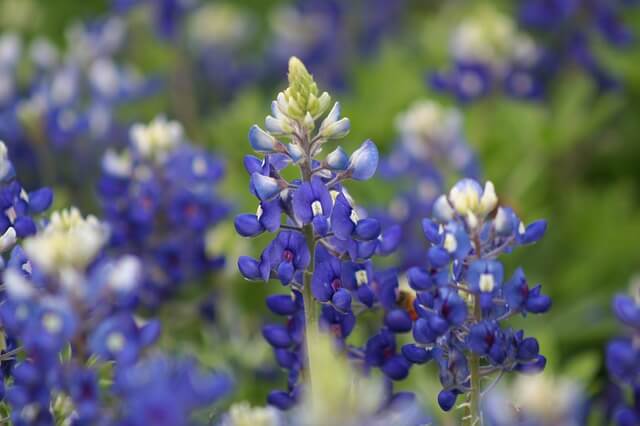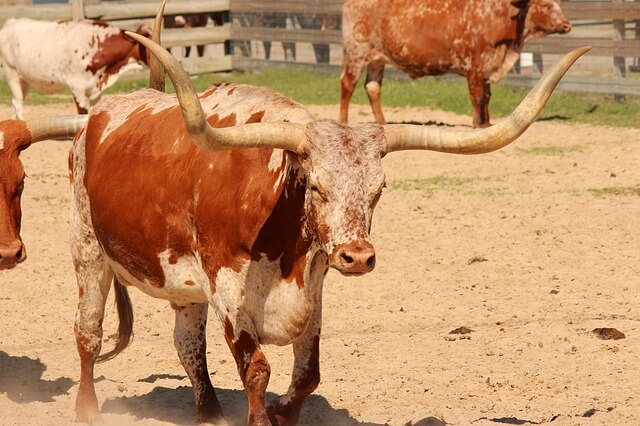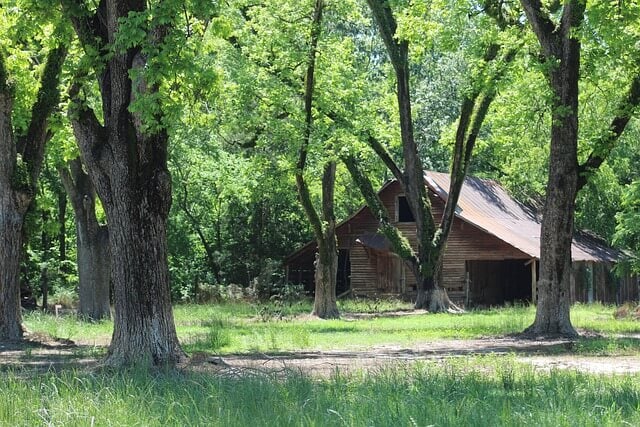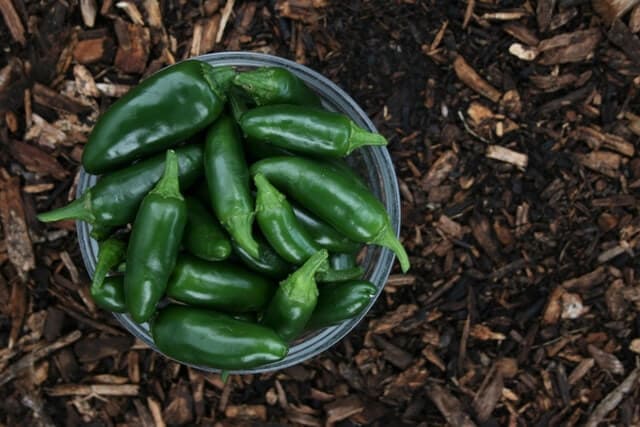
Table of Contents
Known for its hot weather, diverse culture and wide range of resources, Texas is the second largest state in America (after Alaska).
Here’s a look at some of the most popular symbols of Texas.
- National Day: March 2: Texas Independence Day
- National Anthem: Texas, Our Texas
- State Colors: Blue, white and red (not official)
- State Tree: Pecan tree
- State Large Mammal: The Texas Longhorn
- State Dish: Chili con carne
- State Flower: Bluebonnet
The Lone Star Flag

The national flag of the Republic of Texas is well known for its single, prominent white star that gives it its name ‘The Lone Star Flag’ as well as the state’s name ‘The Lone Star State’. The flag contains a blue vertical stripe on the side of the hoist and two equal-sized horizontal stripes. The top stripe is white whereas the lower one is red and the length of each is equal to 2/3 the flag’s length. In the center of the blue stripe is the white, five-pointed star with one point facing upward.
The colors of the Texas Flag are the same as that of the United States flag, blue symbolizing loyalty, red for bravery and white for purity and liberty. The single star symbolizes all of Texas and stands for unity ‘as one for God, State and Country’. The flag was adopted as the national flag of Texas in 1839 by the Congress of the Republic of Texas and has been used ever since. Today, the Lone Star Flag is seen as a symbol of the independent spirit of Texas.
The Great Seal

Around the same time the Lone Star Flag was adopted, the Congress of Texas also adopted a national seal featuring the Lone Star in the center. The star can be seen surrounded by a wreath made of an oak branch (left) and an olive branch (right). The olive branch is symbolic of peace whereas the live oak branch which was added when the seal was modified in 1839, represents strength and power.
The front side of the Great Seal (the obverse) is the only side that’s used for making impressions on documents. The back (the reverse) which features a five-pointed star, is now only used for decorative purposes.
The Bluebonnet

The Bluebonnet is any type of purple flower that belongs to the genus Lupinus, native to southwestern United States. The flower was named for its color and its striking resemblance to a woman’s sunbonnet. It’s found along the roadsides throughout south and central Texas. It’s also called by several other names including wolf flower, buffalo clover and the ‘el conejo’ in Spanish which means rabbit. This is because the white tip of the bonnet looks similar to the tail of a cottontail rabbit.
Below is a list of the editor’s top picks featuring the Texas state symbols.
Although it’s respected throughout the state and extremely pleasing to the eye, the bluebonnet is also poisonous and shouldn’t be ingested in any case. In 1901, it became the state flower, resembling pride in Republic of Texas. It’s now used for celebrating state-related events and is also given as gifts for its stunning, simple beauty. Although picking bluebonnets isn’t illegal, trespassing on private property to gather them certainly is.
Texas Longhorn

The Texas Longhorn is a unique hybrid cattle breed resulting from a mix of Spanish and English cattle, known for its horns which can extend anywhere from 70-100 inches or even more from tip to tip. With their general hardiness and tough hooves, these cattle are descendants of the very first cattle in the New World that lived in the arid areas of Southern Iberia and were brought to the country by Christopher Columbus, the explorer.
Designated as the national large mammal of the state of Texas in 1995, the Texas Longhorns have a gentle disposition and are highly intelligent in comparison to other breeds of cattle. More of these animals are increasingly being trained for use in parades and for steer riding as well. In the 1860s and 70s they were a symbol of the cattle drives in Texas and at one point they were nearly bred out of existence. Luckily, they were saved by breeders in the state parks and actions were taken to preserve this breed of cattle that has such significance in the history of Texas.
The Pecan Tree

About 70-100 feet tall, the pecan tree is a large, deciduous tree native to south central North America with a spread of about 40-75 feet and a trunk up to about 10 feet in diameter. Pecan nuts have a buttery, rich flavour and can be used in cooking or eaten fresh and are also a favorite of the wildlife. The Texans view the pecan tree as a symbol of financial stability and wealth, bringing relief to one’s life in the form of physical of monetary comfort.
The pecan tree became the national tree of Texas State and was highly favoured by Governor James Hogg who requested to have one planted at his gravesite. It’s commercially grown, producing nuts for up to 300 years which are also quite highly prized in Texas cuisine. In addition to the nut, the hard, heavy and brittle wood is often used for making furniture, in flooring and is also a popular flavoring fuel for the smoking of meats.
Blue Lacy
The Blue Lacy, also called Lacy Dog or the Texas Blue Lacy is a working dog breed that originated in Texas state somewhere in the mid-nineteenth century. This breed of dog was first recognized in 2001 and was honored as a true Texas breed by the Texas Senate. It was adopted as the ‘official State Dog Breed of Texas’ 4 years later. Although the majority of the Blue Lacy is found in Texas, breeding populations are being established across Canada, in Europe and right across the U.S.A.
The Lacy dog is strong, fast and lightly built. There are three different color varieties of this breed including gray (called ‘blue’), red and white. They’re intelligent, active, alert and intense with a great drive and determination. They also possess natural herding instincts which allow them to work with any type of animal, be it chickens or the tough Texas Longhorn cattle.
Nine-banded Armadillo

Native to Central, North and South America, the nine-banded armadillo (or long-nosed armadillo) is a nocturnal animal found in various habitats from rainforests to dry scrub. It feeds on insects, enjoying ants, all kinds of small invertebrates and termites. The armadillo has the ability to jump about 3-4 feet in the air when frightened, which is why it’s considered a hazard on the roads.
Named the state small mammal of Texas, in 1927, the Armadillo has an outer shell made of ossified external plates which protects it from predators. Although an odd-looking creature, it’s a significant animal to the native people who used parts of its body for various purposes and the meat for food. It symbolizes self-defence, toughness, limitations, protection and self-reliance, while also embodying the idea of persistence and endurance.
Jalapeno

Jalapenos are medium-sized chilli peppers traditionally cultivated in Veracruz, the capital city of Mexico. It was described as ‘a culinary, economic and medical blessing’ to the citizens of Texas and was widely recognized as the state pepper in 1995, an emblem of Texas state and a distinctive reminder of its diverse culture and unique heritage. Jalapenos were used to treat certain medication conditions like nerve disorders and arthritis.
The pepper has been around for roughly 9,000 years, measuring in at 2.5-9.0 Scoville heat units depending on its growth conditions, meaning that it’s quite mild compared to most other peppers. It’s popular all over the world, used extensively to make hot sauces and salsas but can even be pickled and served as condiments. It’s also popular as toppings for nachos, tacos and pizzas.
Chili Con Carne

A stew made by cowboys with dried chillies and beef, chilli con carne was designated the state dish of Texas in 1977. It’s a popular dish first created in San Antonio, Texas. In the past it was made of dried beef but today many Mexicans make it using ground beef or fresh chuck roast with a mix of several varieties of chillies. It’s typically served with garnishes like green onions, cheese and cilantro along with tortillas. This much-loved meal is a staple of the Texas cuisine and its recipes are usually family traditions as well as closely guarded secrets.
USS Texas

The USS Texas, also called ‘The Big Stick’ and named the official state ship in 1995, is a massive battleship and a national historic landmark of the Republic of Texas. She was built in Brooklyn, NY and launched on the 27th of August 1942. After being commissioned a year later during World War II, she was sent to the Atlantic to aid in the war and having earned five battle stars for her service, was decommissioned in 1948. Now, she’s the first battleship in the US to be converted to a permanent floating museum, docked near Houston, Texas.
Today, 75 years after she played a major role in the history of America’s victory over the Nazis during D-Day invasion, the USS Battleship faces a difficult battle of her own. Although she survived two World Wars, this 105-year-old treasure is threatened by time and corrosion and some say that it’s only a matter of time before she sinks. She remains the last U.S battle of her kind and is a memorial to the sacrifice and bravery of the servicemen who had fought in both world wars.
To learn about the symbols of other states, check out our related articles:
Symbols of New York
Symbols of Florida
Symbols of Hawaii
Symbols of Pennsylvania
Symbols of Illinois











